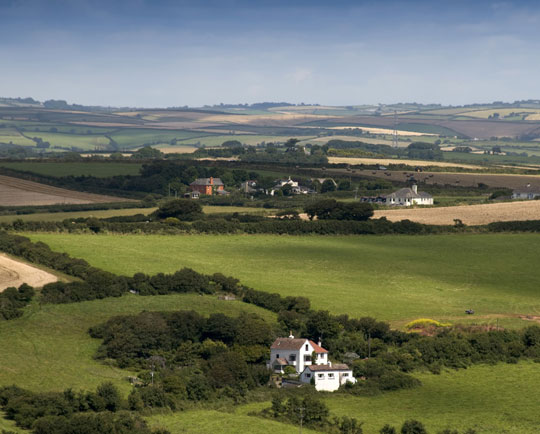Editor's Pick
Rural property price premium hits £52K

If you want to escape to the countryside you’ll have to pay a LOT more than you would for an urban home
Many Brits dream of buying a home in a rural idyll, but countryside homes are now £52,917 more expensive than homes in urban areas.
That’s a 24% rural property price premium, according to Halifax.
However, the lender admits that you do get a bit more home for your money in the country, with average rural properties measuring up at 130m2, compared to 105m2 for urban homes, a 23% size difference.
In fact, when you stack urban and rural homes up on a price per metre basis, those wanting to escape to the country actually pay less – urban homes cost an average £2,135 per m2 compared to £2,100 per m2 for rural homes.
Location, location, location
The 10 least affordable rural local authority districts are in southern England; Chichester is the least affordable with an average house price of £456,574, 12.3 times the local annual average earnings (£37,188). The second least affordable area is West Oxfordshire with an average house price of £388,838 at 10.8 times local annual earnings (£36,150).
At the other end of the scale, Copeland is the most affordable rural local authority in Britain, where the average house price is £141,349 and 3.4 times local average gross annual earnings, followed by East Ayrshire and the Shetland Islands.
Andrew Bickers, mortgages director at Halifax, said: “The countryside is a draw for many homeowners looking to escape the pressures of city life. As well as being able to enjoy the wide open spaces of the countryside, homeowners will also find that rural homes offer on average, around 20% more space per square metre than their urban counterparts.
“Housing affordability, particularly in the south of England, is still to an extent putting out of town country houses out of reach for many who would prefer country life, especially those looking to buy their first property. This is reflected in first-time buyers accounting for a smaller proportion of homebuyers in the countryside than in urban areas.”